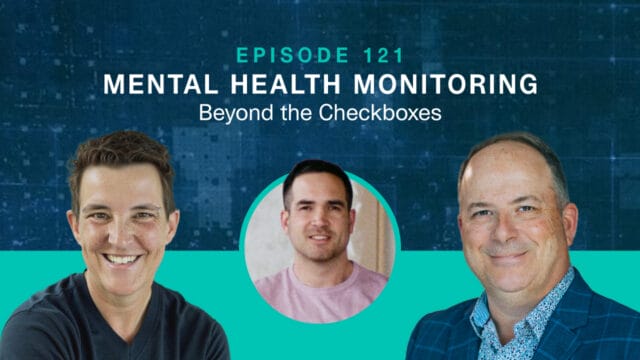
Mental Health Monitoring: Beyond the Checkboxes | Risk Matrix Episode 121
THE RISK MATRIX Cutting-edge podcast on occupational safety and risk management. Hosted by industry titans: JAMES JUNKIN, MS, CSP, MSP,…
he challenges cited in this blog were identified in a report conducted by the research team at Verdantix, an independent research and advisory firm with expertise in digital strategies for Environment, Health & Safety, ESG & Sustainability, Operational Excellence and Smart Buildings.

Veriforce partnered with Verdantix to interview 49 facility management executives from the top companies about the key challenges they expect to face and the digital strategies needed to overcome them. According to the study, the TOP 2 challenges facing facilities management are:
1. Health and safety regulations. As many as 90% of company executives named health and safety regulations as a very significant (53%) or significant (37%) challenge.[1]
2. Data security. Identified as the second-largest challenge facing the facilities management sector today by 90% of firms.[2]
Facility managers face a new set of health and safety challenges as workers continue to return to the office post-COVID-19. Data security remains a growing concern for businesses everywhere, demanding tighter controls. We outline the challenges below along with best practices to promote health and safety and data security.
#1 Challenge:
As workforces migrate back into the office, facility managers are facing a new set of health and safety standards from the American Society of Heating, Refrigerating and Air-Conditioning Engineers (ASHRAE), the U.S. Environmental Protection Agency (EPA), and the World Health Organization (WHO), among others. Many of the new regulations focus on ventilation and air cleaning practices as a result of COVID-19 and weather events, including wildfires in Australia, Canada, and California.
Based on these new health and safety regulations, facility managers can take the following steps to maintain a safe working environment for all during and beyond the transition back to the office.
#2 Challenge:
One of the biggest challenges to come out of the pandemic for businesses is the increasing threat to data security. Cybercriminals took advantage of the sudden and rushed transition of workforces from in-office to fully remote in 2020 and found new ways to prey on unprepared, less secure networks. In addition, the need for more integration with other software platforms and networked devices provided greater vulnerabilities for many organizations and buildings.
Building owners and managers are not only responsible for their own integrated systems – including data management, asset performance monitoring software, Internet of Things(IoT), and staff devices – but also for ensuring that the building infrastructure and equipment that their tenants rely on is protected. While paper documents and spreadsheets are easily accessible, management software provides an extra layer of security for your highly-important client, vendor, and contractor data.
As cyber-attacks become more sophisticated (think: the casino where hackers captured sensitive data by infiltrating an IoT thermometer in a fish tank), so must the processes and protections put in place to safeguard data.
Use these best practices as a starting point for your facility’s data security plan:
Hiring the right team of contractors and tracking their training will be key to meeting today’s health and safety and data privacy challenges across your team.
We were curious too – so we asked. Partnering with the research team at Verdantix, we interviewed 49 facility management executives that represent firms making a combined $147 Billion annually.
Here are the types of insights the group revealed:
[1] [2] Verdantix Report, Veriforce


THE RISK MATRIX Cutting-edge podcast on occupational safety and risk management. Hosted by industry titans: JAMES JUNKIN, MS, CSP, MSP,…
We’ll send you practical and insightful supply chain risk management info that can benefit your business. Plus, important company updates that keep you in the loop.
